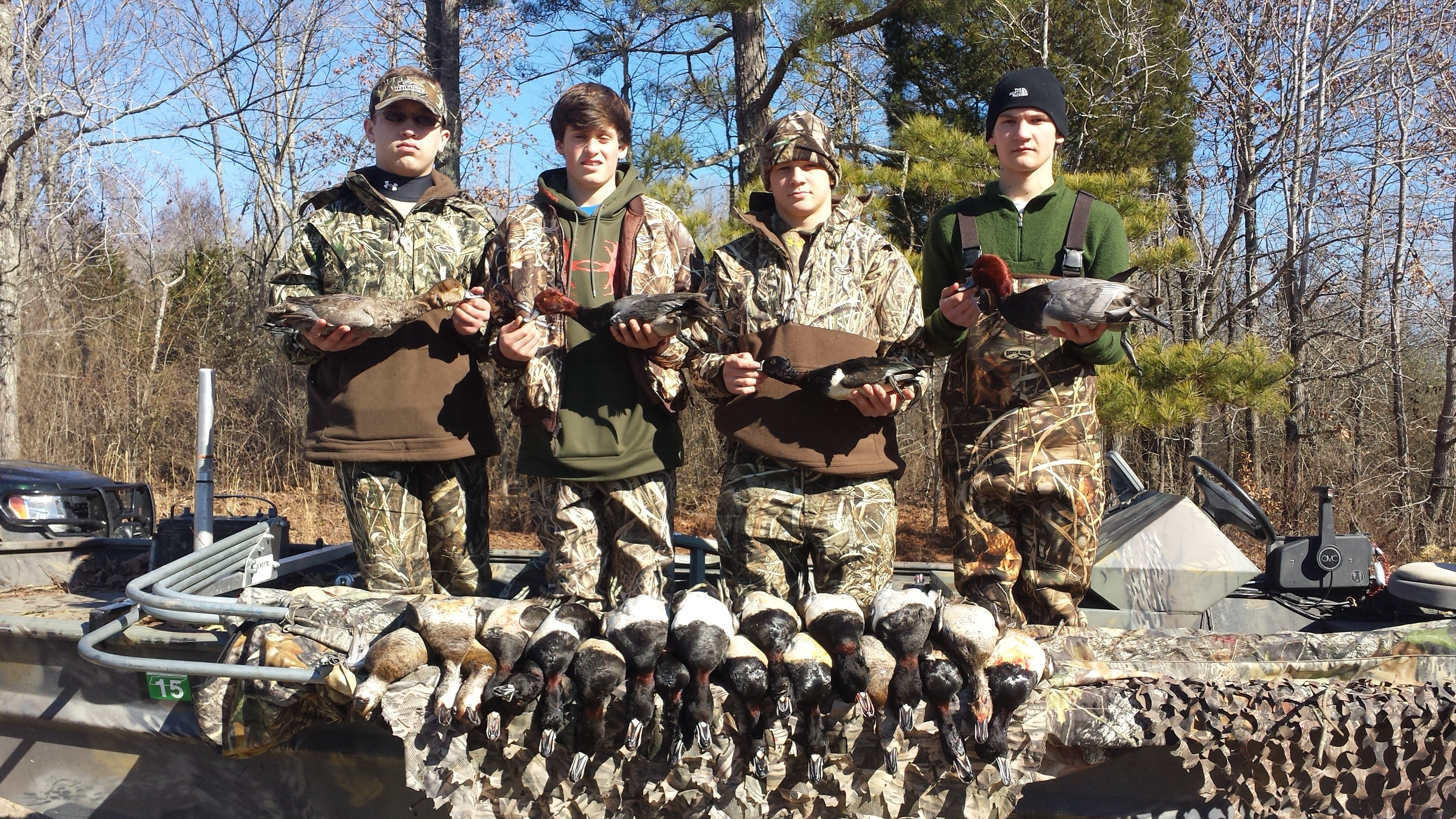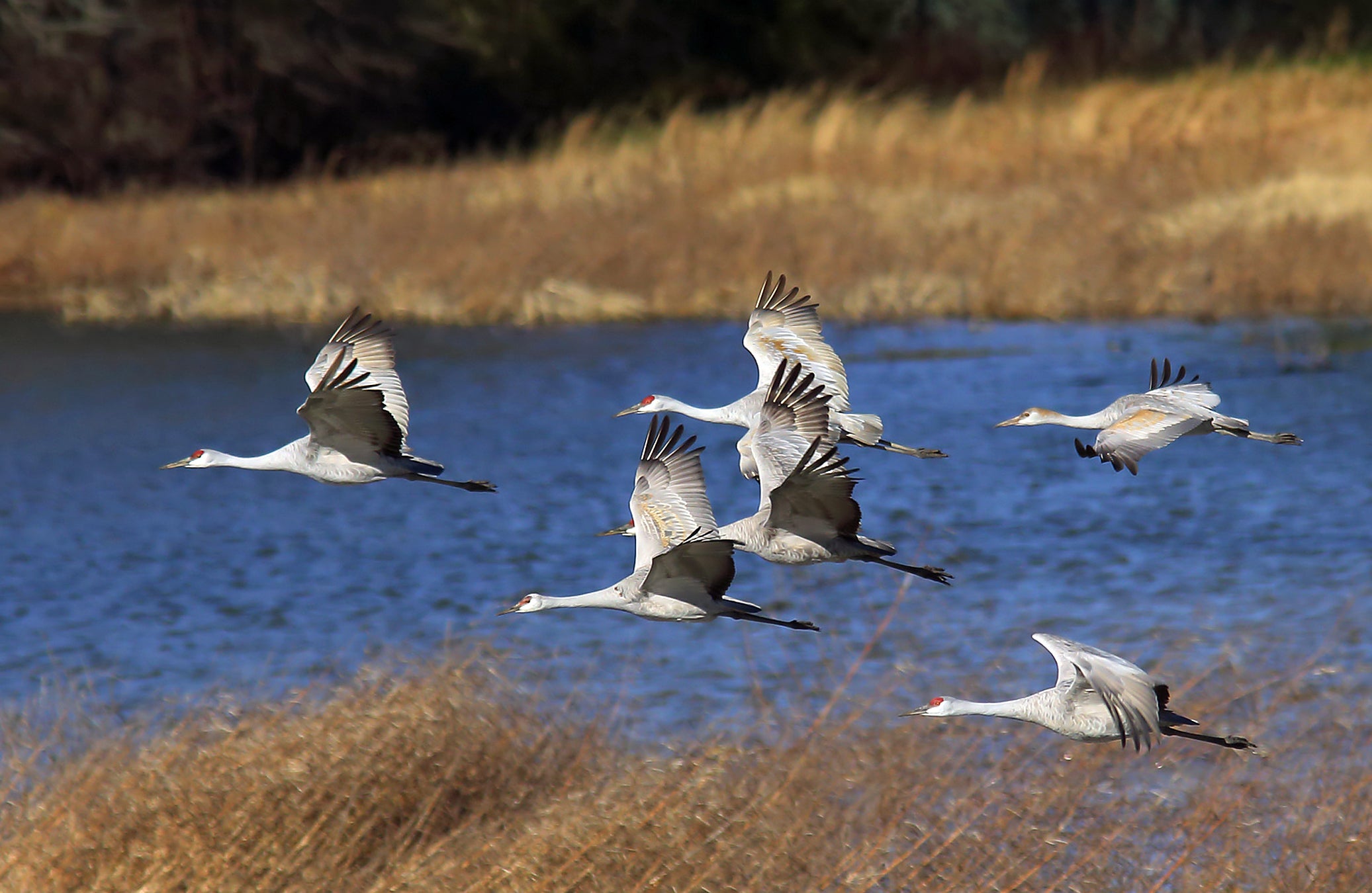By DAVID RAINER
Alabama Department of Conservation and Natural Resources
Waterfowl season forecasters estimate good populations of ducks and geese for the Mississippi Flyway, which includes Alabama, but those waterfowl may not be easy to fool this season.
Seth Maddox, the Alabama Wildlife and Freshwater Fisheries (WFF) Division’s Migratory Bird Coordinator, said the U.S. Fish and Wildlife Service (USFWS) was unable to do its annual surveys again because of COVID-19 restrictions. What Maddox predicts, however, is that the fall and winter flights will contain more mature birds, which are wise to hunters’ tactics.
“The border with Canada was still closed back in May when they do the counts,” Maddox said. “That’s the second year in a row with no breeding survey. Last year’s harvest doesn’t tell us what the population looks like. Some states were not able to do a midwinter survey, so we don’t have a good picture of what the population looked like in the winter either.”
Without the surveys, Maddox said waterfowl managers are having to use other methods to estimate populations.
“We’re working on some predictive data, based on historical data,” he said. “We’re looking at weather patterns across areas where data can be collected remotely. We can collect rain gauge and other weather data and environmental patterns, which helps.”
Although the Southeast has had plenty of rain this year, some areas that affect duck populations have not.
“It was a really dry winter in the prairie pothole region, a core region for waterfowl,” Maddox said. “Then they had a dry summer. Basically, they went through a drought. So, production overall for the species that need those prairie pothole regions was probably pretty poor for this coming year.
“Luckily the populations were really good going into it. The long-term averages for most populations are real high right now.”
The problem for hunters is that the number of young-of-the-year birds, which are easier to call and decoy, will likely be down.
“The number of young birds will probably be poor,” Maddox said. “There were likely a lot of failed nesting attempts because there just wasn’t any water on the landscape to raise those ducklings.
“The fall flight is looking like it’s going to include a lot of adults, a lot of birds that have been there and done that. They’re going to be smarter, harder to kill, and they’re not going to take pressure very well. You’re going to have to reduce the pressure on these birds. If you’re used to hunting three or four days a week, you’re probably going to have to cut that back to a couple of days a week because those birds are going to get pretty smart.”
Of course, the success of Alabama’s waterfowl hunters is very weather dependent. A cold winter to the north with ice and snow covering the food source is needed to push the birds as far south as Alabama.
One plus for Alabama is it is located on the eastern side of the Mississippi Flyway and the western side of the Atlantic Flyway.
“The good thing about Alabama is we are on the edges of two flyways, so we get a good percentage of birds that breed in the east,” Maddox said. “They had favorable breeding conditions in the east in areas like Ontario and Quebec. They should have had better production because they had a lot more water on the landscape, and we could see some first-year birds from that flyway.
“We may not be in as big a struggle as some of the states to our west, like Arkansas, Louisiana, Texas and Mississippi.”
Maddox said computer models predict a good population of waterfowl for the 2021-2022 season, which means regulations will basically stay the same as last year’s.
The 60-day waterfowl season opens for two days on November 26-27 and then returns December 4 and runs through January 30, 2022. The special youth, active military and military veterans waterfowl hunting days are set for November 20 and February 5, 2022.
Duck hunters will again enjoy a liberal bag limit of six ducks per day that can be any combination of four mallards (no more than two of which may be female), three wood ducks, one mottle duck, two black ducks, two redheads, one pintail, two canvasbacks and one scaup.
Goose hunters for the 2021-2022 season will also enjoy a liberal season with a daily bag limit of five dark geese (Canada, white-fronted or Brant).
Maddox said one change for the goose seasons is the bag limit of five can include all Canadas or Brants. The light goose (snow, blue and Ross’s) bag limit is also five birds per day.
“The resident goose populations are high across the flyway, well above acceptable limits in many states,” he said. “In order to provide more opportunity for those birds, we bumped up the limit to five for the entire season for dark geese.
“Overall, the populations of Canada geese and white-fronted geese are doing good. We don’t kill a lot of white-fronted (specklebellies) or snow geese here in Alabama. You’ll see some white-fronted geese along the Tenn-Tom and see some at Wheeler National Wildlife Refuge in that north central part of the state. The rest of the state doesn’t see many of them. They really like that rice agriculture landscape, and the majority of that is in Texas, Louisiana and Arkansas. The rice agriculture has declined in Texas, and Louisiana has had to deal with the hurricanes. Most of the rice is being grown in Arkansas, and the white-fronted geese have followed.”







